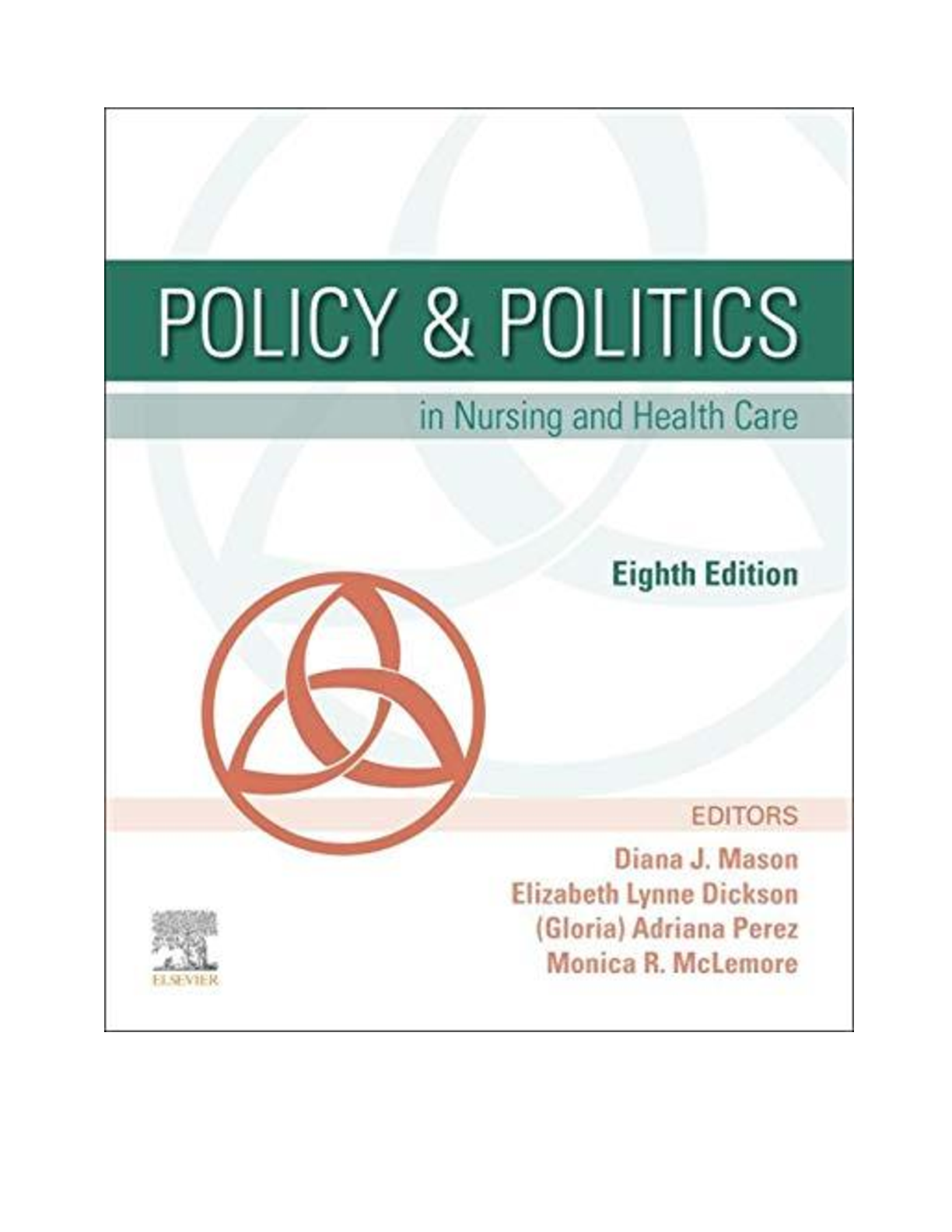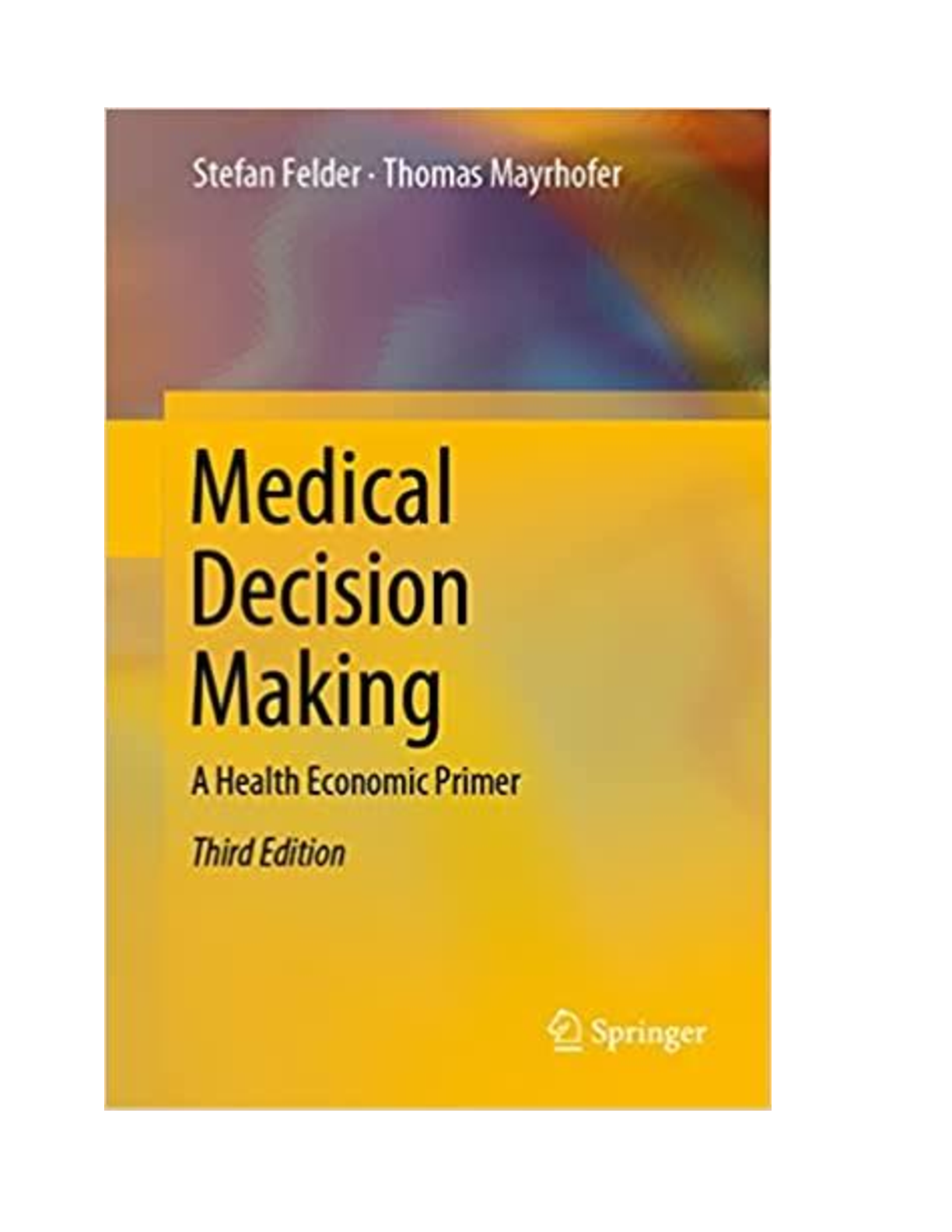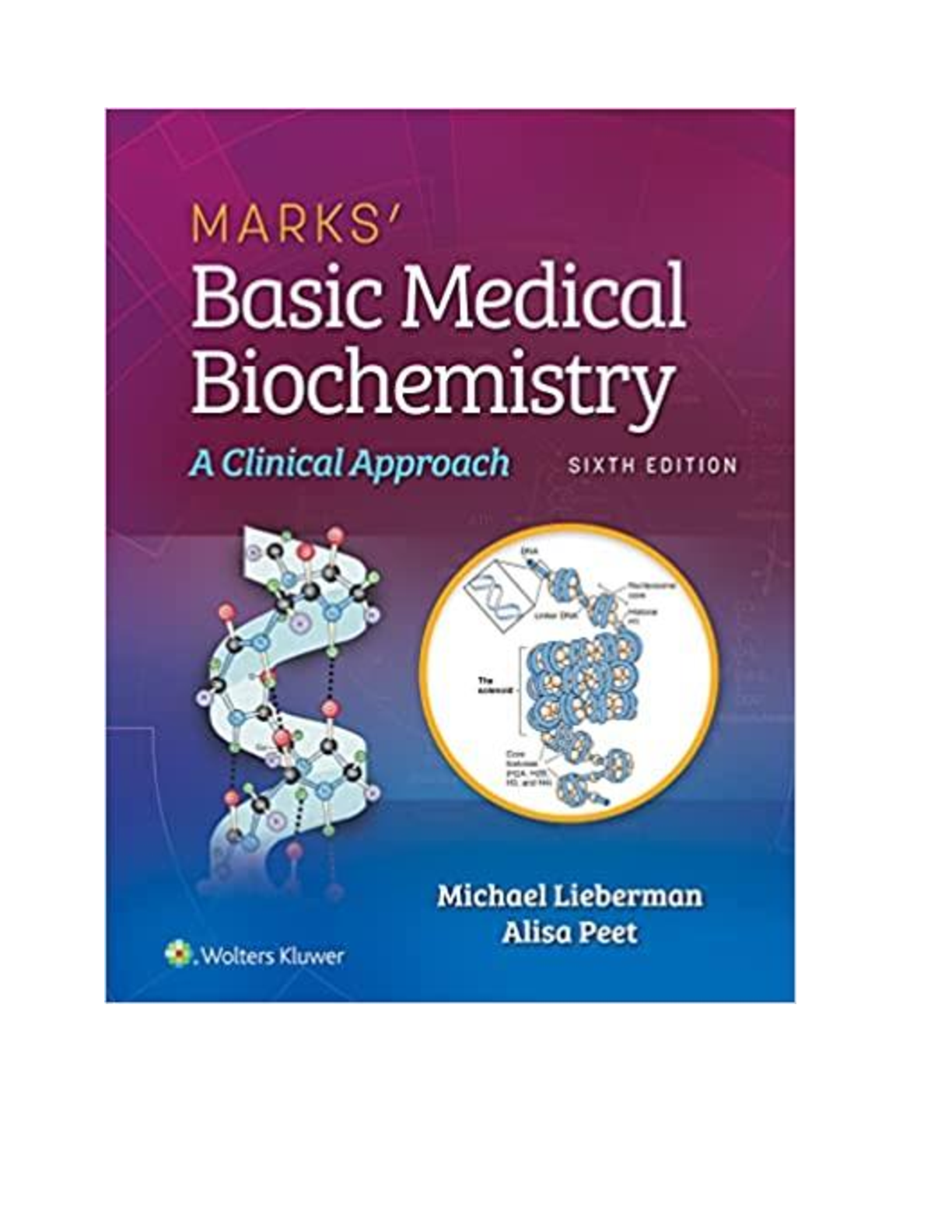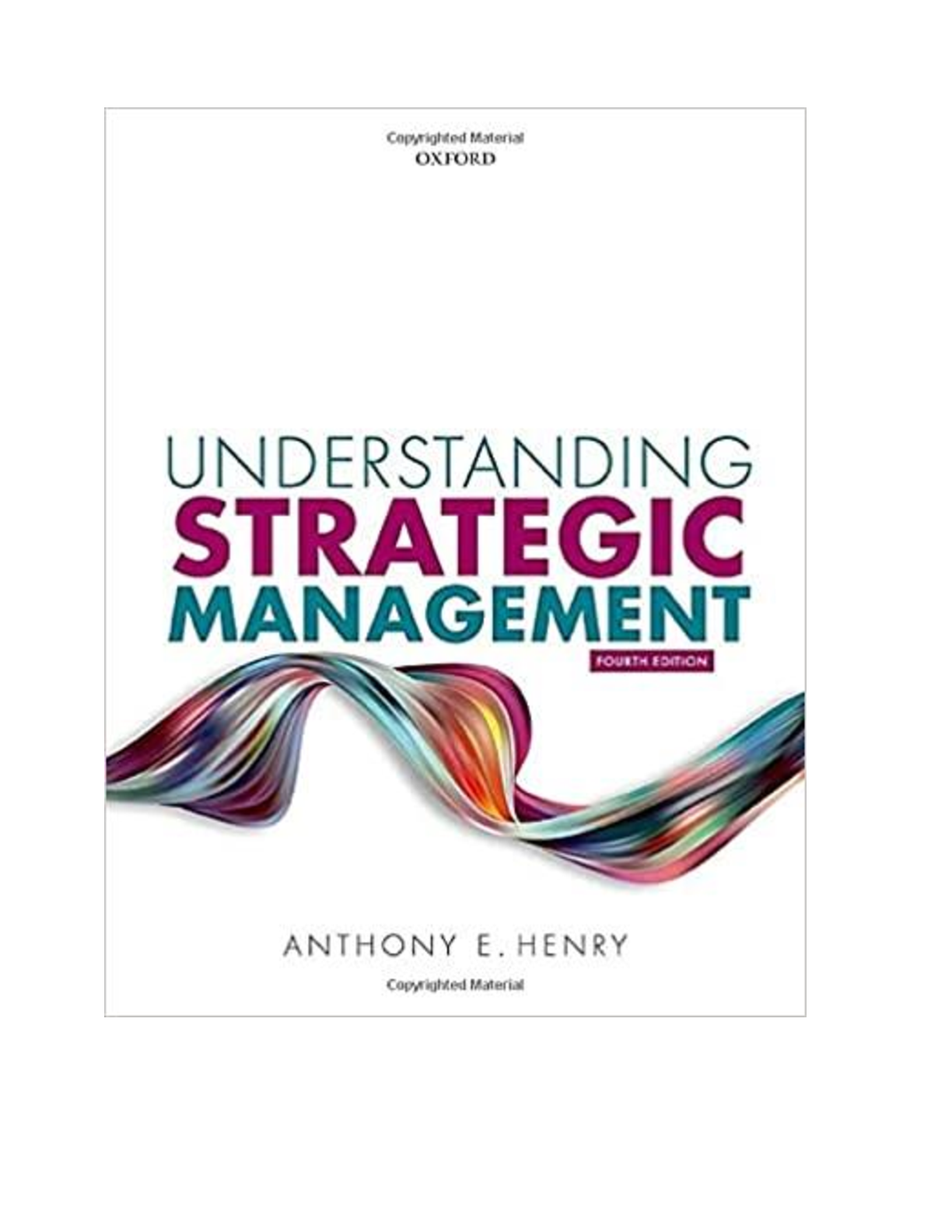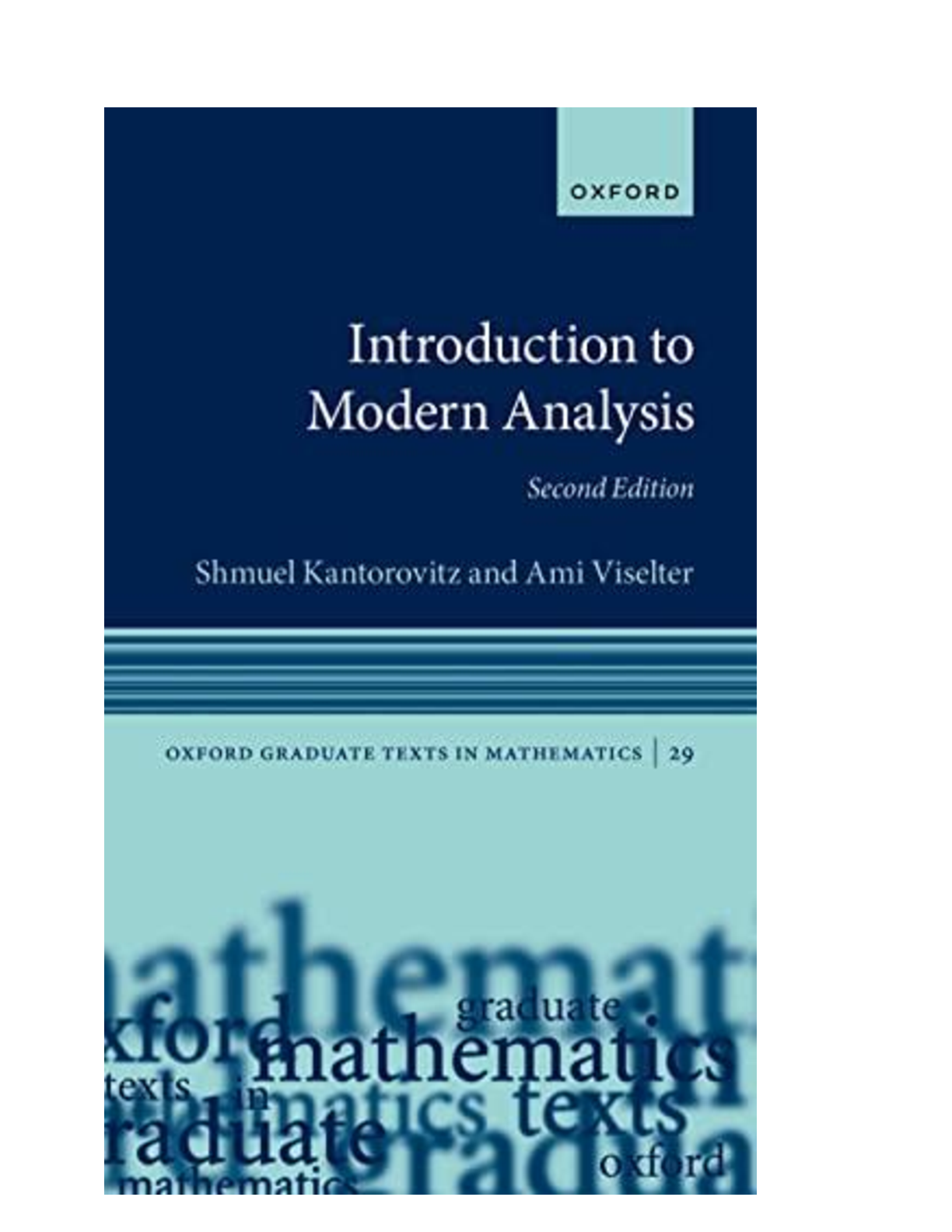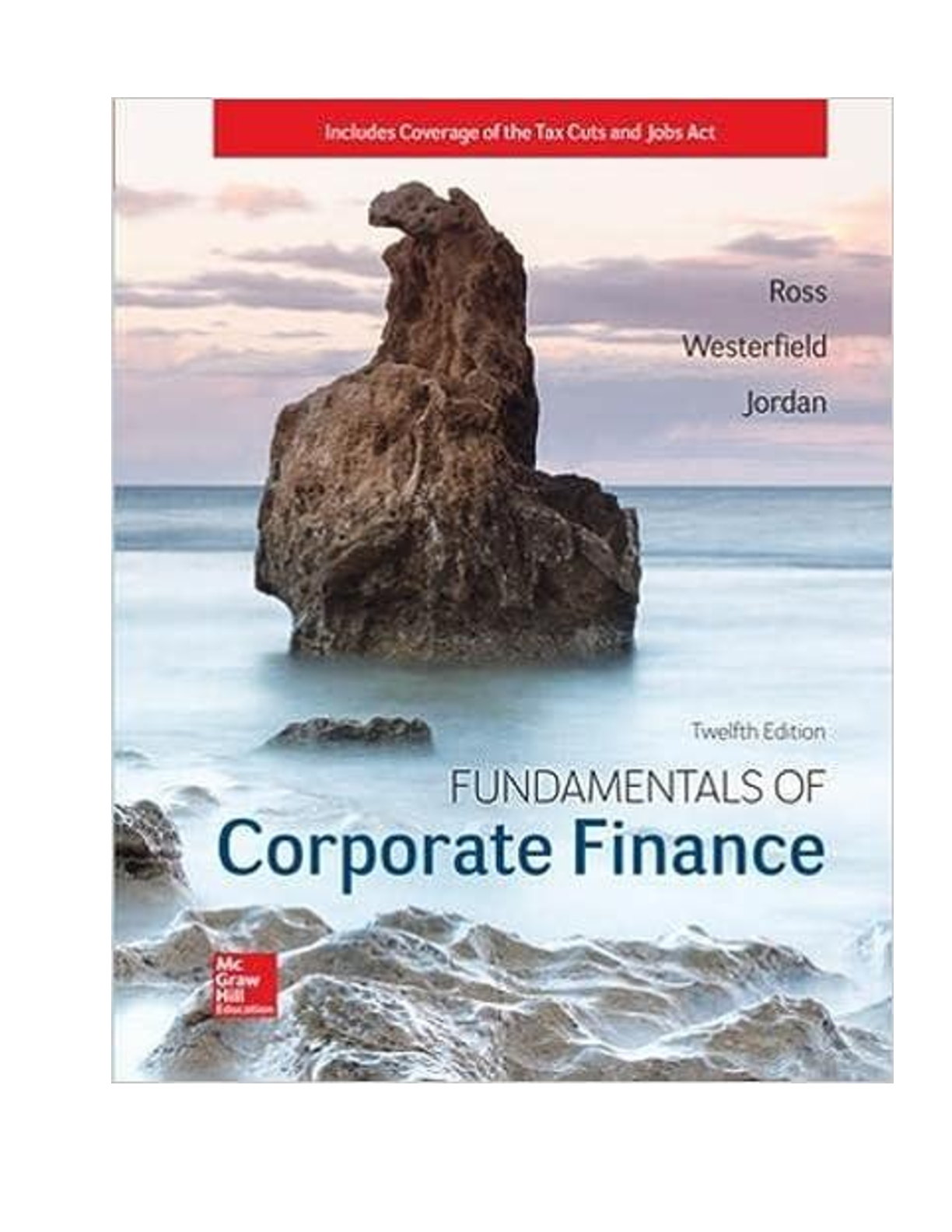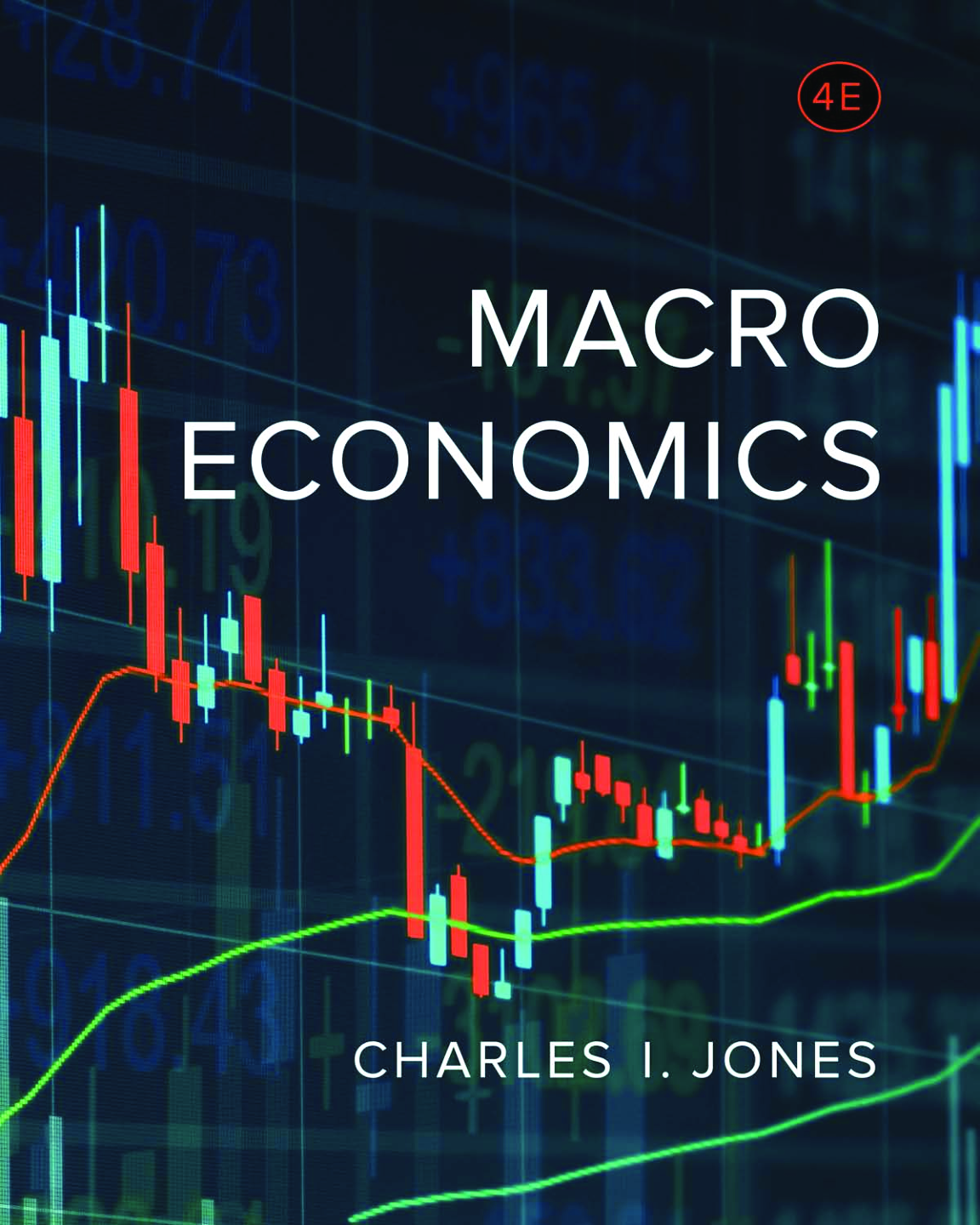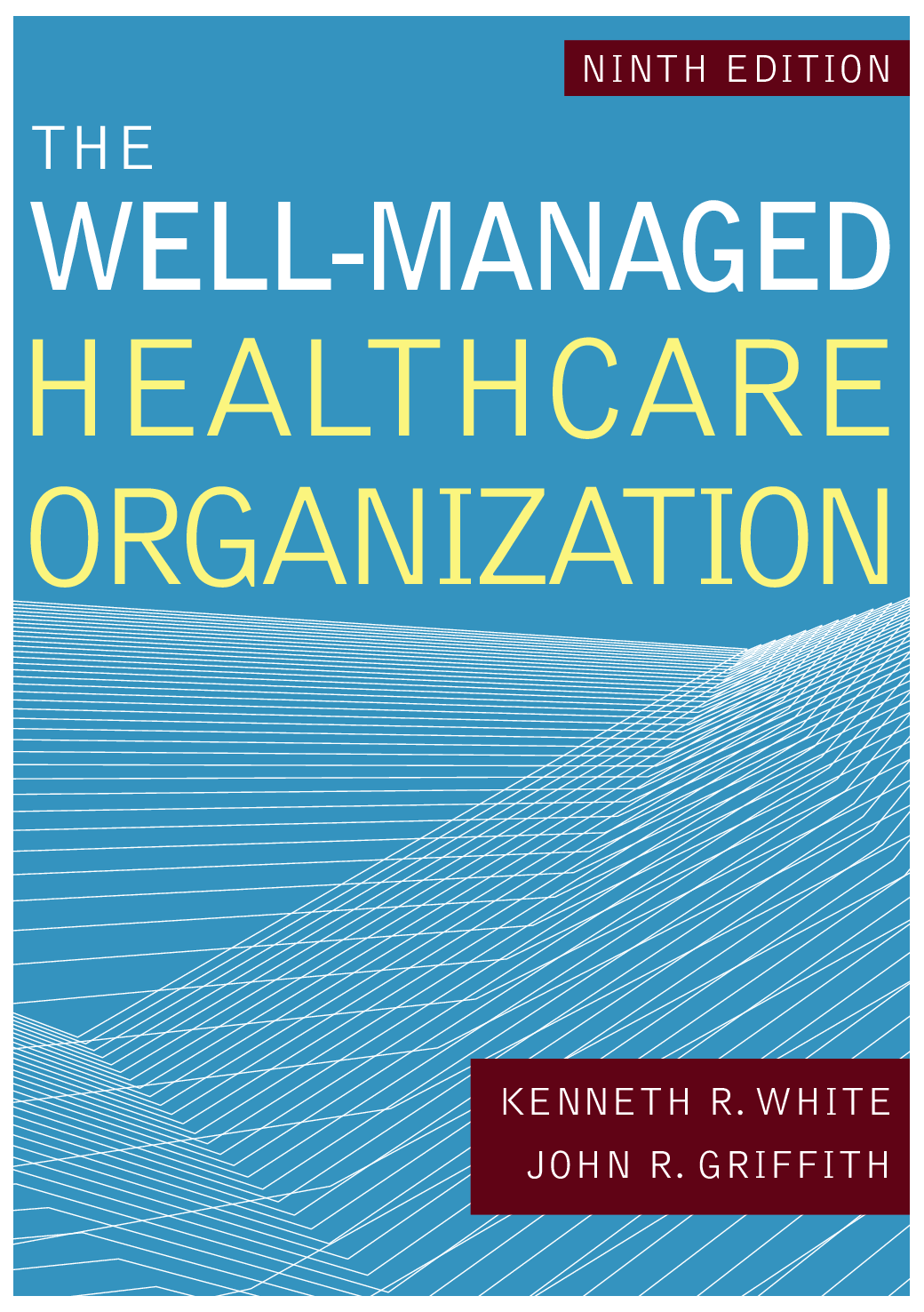Microeconomics > eBook-PDF > Microeconomics, 16th Canadian Edition, Christopher Ragan (eBook PDF) (All)
Microeconomics, 16th Canadian Edition, Christopher Ragan (eBook PDF)
Document Content and Description Below
Ragan Microeconomics Brief Contents Contents List of Boxes To the Instructor To the Student About the Author 1 Economic Issues and Concepts Chapter Outline Learning Objectives (LO) 1.1 What ... Is Economics? Resources Scarcity and Choice Opportunity Cost Opportunity Cost Is a Ratio Production Possibilities Boundary Four Key Economic Problems 1. What Is Produced and How? 2. What Is Consumed and by Whom? 3. Why Are Resources Sometimes Idle? 4. Is Productive Capacity Growing? Microeconomics and Macroeconomics Economics and Government Policy 1.2 The Complexity of Modern Economies The Nature of Market Economies Self-Organizing Efficiency Self-Interest and Incentives The Decision Makers and Their Choices How Are Decisions Made? Maximizing Decisions Marginal Decisions The Flow of Income and Expenditure Production and Trade Specialization The Division of Labour Money and Trade Globalization 1.3 Is There an Alternative to the Market Economy? Types of Economic Systems Traditional Economies Command Economies Free-Market Economies Mixed Economies The Great Debate Government in the Modern Mixed Economy Summary 1.1 What Is Economics? LO 1 1.2 The Complexity of Modern Economies LO 2, 3, 4 1.3 Is There an Alternative to the Market Economy? LO 5 Key Concepts Study Exercises Fill-in-the-Blank Review Problems 2 Economic Theories, Data, and Graphs Chapter Outline Learning Objectives (LO) 2.1 Positive and Normative Statements Disagreements Among Economists 2.2 Building and Testing Economic Theories What Are Theories? Variables Assumptions Motives Direction of Causation Conditions of Application Predictions Testing Theories Statistical Analysis Correlation Versus Causation 2.3 Economic Data Index Numbers How to Build an Index Number More Complex Index Numbers Graphing Economic Data Cross-Sectional and Time-Series Data Scatter Diagrams 2.4 Graphing Economic Theories Functions Graphing Functions The Slope of a Straight Line Non-linear Functions Functions with a Minimum or a Maximum A Final Word Summary 2.1 Positive and Normative Statements LO 1 2.2 Building and Testing Economic Theories LO 2, 3 2.3 Economic Data LO 4 2.4 Graphing Economic Theories LO 5 Key Concepts Study Exercises Fill-in-the-Blank Review Problems 3 Demand, Supply, and Price Chapter Outline Learning Objectives (LO) 3.1 Demand Quantity Demanded Quantity Demanded and Price1 Demand Schedules and Demand Curves Shifts in the Demand Curve 1. Consumers’ Income 2. Prices of Other Goods 3. Consumers’ Tastes 4. Population 5. Significant Changes in Weather Movements Along the Curve Versus Shifts of the Whole Curve 3.2 Supply Quantity Supplied Quantity Supplied and Price Supply Schedules and Supply Curves Shifts in the Supply Curve 1. Prices of Inputs 2. Technology 3. Government Taxes or Subsidies 4. Prices of Other Products 5. Significant Changes in Weather 6. Number of Suppliers Movements Along the Curve Versus Shifts of the Whole Curve 3.3 The Determination of Price The Concept of a Market Market Equilibrium Changes in Market Equilibrium A Numerical Example Relative Prices Summary 3.1 Demand LO 1, 2 3.2 Supply LO 3, 4 3.3 The Determination of Price LO 5 Key Concepts Study Exercises Fill-in-the-Blank Review Problems 4 Elasticity Chapter Outline Learning Objectives (LO) 4.1 Price Elasticity of Demand The Measurement of Price Elasticity The Use of Average Price and Quantity in Computing Elasticity Interpreting Numerical Elasticities What Determines Elasticity of Demand? Availability of Substitutes Importance of the Product in Consumers’ Budgets Short Run and Long Run Elasticity and Total Expenditure 4.2 Price Elasticity of Supply Determinants of Supply Elasticity Ease of Substitution Short Run and Long Run 4.3 Elasticity Matters for Excise Taxes 4.4 Other Demand Elasticities Income Elasticity of Demand Normal Goods Income Inelastic Income Elastic Luxuries Versus Necessities Inferior Goods Cross Elasticity of Demand Summary 4.1 Price Elasticity of Demand LO 1, 2 4.2 Price Elasticity of Supply LO 3 4.3 Elasticity Matters for Excise Taxes LO 4 4.4 Other Demand Elasticities LO 5, 6 Key Concepts Study Exercises Fill-in-the-Blank Review Problems 5 Price Controls and Market Efficiency Chapter Outline Learning Objectives (LO) 5.1 Government-Controlled Prices Disequilibrium Prices Price Floors Price Ceilings Allocating a Product in Excess Demand Black Markets 5.2 Rent Controls: A Case Study of Price Ceilings The Predicted Effects of Rent Controls Who Gains and Who Loses? Policy Alternatives 5.3 An Introduction to Market Efficiency Demand as “Value” and Supply as “Cost” Economic Surplus and Market Efficiency Market Efficiency and Price Controls One Final Application: Output Quotas A Cautionary Word Summary 5.1 Government-Controlled Prices LO 1 5.2 Rent Controls: A Case Study of Price Ceilings LO 2 5.3 An Introduction to Market Efficiency LO 3, 4 Key Concepts Study Exercises Fill-in-the-Blank Review Problems 6 Consumer Behaviour Chapter Outline Learning Objectives (LO) 6.1 Marginal Utility and Consumer Choice Diminishing Marginal Utility Utility Schedules and Graphs Maximizing Utility The Consumer’s Maximizing Decision An Alternative Interpretation Is This Realistic? The Consumer’s Demand Curve Market Demand Curves 6.2 Income and Substitution Effects of Price Changes The Substitution Effect The Income Effect The Slope of the Demand Curve Giffen Goods Conspicuous Consumption Goods 6.3 Consumer Surplus The Concept The Paradox of Value Summary 6.1 Marginal Utility and Consumer Choice LO 1, 2 6.2 Income and Substitution Effects of Price Changes LO 3 6.3 Consumer Surplus LO 4, 5 Key Concepts Study Exercises Fill-in-the-Blank Review Problems Appendix to Chapter 6 Indifference Curves 6A.1 Indifference Curves Diminishing Marginal Rate of Substitution The Indifference Map 6A.2 The Budget Line Properties of the Budget Line The Slope of the Budget Line 6A.3 The Consumer’s Utility-Maximizing Choices The Consumer’s Response to a Change in Income The Consumer’s Response to a Change in Price 6A.4 Deriving the Consumer’s Demand Curve Income and Substitution Effects Study Exercises 7 Producers in the Short Run Chapter Outline Learning Objectives (LO) 7.1 What Are Firms? Organization of Firms Financing of Firms Equity Debt Goals of Firms 7.2 Production, Costs, and Profits Production Costs and Profits Economic Versus Accounting Profits Opportunity Cost of Time Opportunity Cost of Financial Capital Profits and Resource Allocation Profit-Maximizing Output Time Horizons for Decision Making The Short Run The Long Run The Very Long Run 7.3 Production in the Short Run Total, Average, and Marginal Products Diminishing Marginal Product The Average–Marginal Relationship 7.4 Costs in the Short Run Defining Short Run Costs Short-Run Cost Curves The AFC, AVC, and ATC Curves The MC Curve Why U-Shaped Cost Curves? Capacity Shifts in Short-Run Cost Curves Changes in Factor Prices Changes in the Amount of the Fixed Factor Summary 7.1 What Are Firms? LO 1 7.2 Production, Costs, and Profits LO 2 7.3 Production in the Short Run LO 3 7.4 Costs in the Short Run LO 4 Key Concepts Study Exercises Fill-in-the-Blank Review Problems 8 Producers in the Long Run Chapter Outline Learning Objectives (LO) 8.1 The Long Run: No Fixed Factors Profit Maximization and Cost Minimization Long-Run Cost Minimization The Principle of Substitution Long-Run Cost Curves The Shape of the Long-Run Average Cost Curve 1. Decreasing Costs 2. Constant Costs 3. Increasing Costs The Relationship Between Long-Run and Short-Run Costs 8.2 The Very Long Run: Changes in Technology Technological Change New Techniques Improved Inputs New Products Firms’ Choices in the Very Long Run Summary 8.1 The Long Run: No Fixed Factors LO 1, 2, 3 8.2 The Very Long Run: Changes in Technology LO 4 Key Concepts Study Exercises Fill-in-the-Blank Review Problems Appendix to Chapter 8 Isoquant Analysis 8A.1 Isoquants An Isoquant Map 8A.2 Cost Minimization The Principle of Substitution 9 Competitive Markets Chapter Outline Learning Objectives (LO) 9.1 Market Structure and Firm Behaviour Competitive Markets Competitive Behaviour 9.2 The Theory of Perfect Competition The Assumptions of Perfect Competition The Demand Curve for a Perfectly Competitive Firm Total, Average, and Marginal Revenue 9.3 Short-Run Decisions Should the Firm Produce at All? How Much Should the Firm Produce? Short-Run Supply Curves The Supply Curve for One Firm The Supply Curve for an Industry Short-Run Equilibrium in a Competitive Market 9.4 Long-Run Decisions Entry and Exit An Entry-Attracting Price An Exit-Inducing Price The Speed of Exit Long-Run Equilibrium Conditions for Long-Run Equilibrium Changes in Technology Declining Industries The Response of Firms The Response of Governments Summary 9.1 Market Structure and Firm Behaviour LO 1 9.2 The Theory of Perfect Competition LO 2 9.3 Short-Run Decisions LO 3, 4 9.4 Long-Run Decisions LO 5 Key Concepts Study Exercises Fill-in-the-Blank Review Problems 10 Monopoly, Cartels, and Price Discrimination Chapter Outline Learning Objectives (LO) 10.1 A Single-Price Monopolist Revenue Concepts for a Monopolist Average Revenue Marginal Revenue Short-Run Profit Maximization No Supply Curve for a Monopolist Firm and Industry Competition and Monopoly Compared Why Are Monopolies Rare? Entry Barriers Natural Entry Barriers Created Entry Barriers The Very Long Run and Creative Destruction 10.2 Cartels and Monopoly Power The Effects of Cartelization Problems That Cartels Face Enforcement of Output Restrictions Restricting Entry 10.3 Price Discrimination When Is Price Discrimination Possible? Market Power Different Valuations of the Product Prevent Arbitrage Different Forms of Price Discrimination Price Discrimination Among Units of Output Price Discrimination Among Market Segments Hurdle Pricing The Consequences of Price Discrimination Price Discrimination and Firm Profits Price Discrimination and Output Price Discrimination and Consumers Summary 10.1 A Single-Price Monopolist LO 1, 2 10.2 Cartels and Monopoly Power LO 3 10.3 Price Discrimination LO 4 Key Concepts Study Exercises Fill-in-the-Blank Review Problems 11 Imperfect Competition and Strategic Behaviour Chapter Outline Learning Objectives (LO) 11.1 Imperfect Competition Between the Two Extremes Industries with Many Small Firms Industries with a Few Large Firms Industrial Concentration Concentration Ratios Defining the Market Defining Imperfect Competition Firms Differentiate Their Products Firms Set Their Prices Firms Engage in Non-Price Competition 1. Advertising 2. Product Quality 3. Entry Barriers Two In-Between Market Structures 11.2 Monopolistic Competition The Assumptions of Monopolistic Competition Predictions of the Theory The Short-Run Decision of the Firm The Long-Run Equilibrium of the Industry The Excess-Capacity Theorem 11.3 Oligopoly and Game Theory Profit Maximization Is Complicated The Basic Dilemma of Oligopoly Some Simple Game Theory A Payoff Matrix Strategic Behaviour Cooperative Outcome Non-Cooperative Outcome Nash Equilibrium Extensions in Game Theory 11.4 Oligopoly in Practice Cooperative Behaviour Explicit Collusion Tacit Collusion Competitive Behaviour The Importance of Entry Barriers 1. Brand Proliferation as an Entry Barrier 2. Advertising as an Entry Barrier 3. Predatory Pricing as an Entry Barrier Oligopoly and the Economy Profits Under Oligopoly Oligopoly and Innovation Summary 11.1 Imperfect Competition LO 1, 2 11.2 Monopolistic Competition LO 3 11.3 Oligopoly and Game Theory LO 4 11.4 Oligopoly in Practice LO 5 Key Concepts Study Exercises Fill-in-the-Blank Review Problems 12 Economic Efficiency and Public Policy Chapter Outline Learning Objectives (LO) 12.1 Productive and Allocative Efficiency Productive Efficiency Productive Efficiency and the Production Possibilities Boundary Allocative Efficiency Allocative Efficiency and the Production Possibilities Boundary Which Market Structures Are Efficient? Perfect Competition Monopoly Monopolistic Competition and Oligopoly Allocative Efficiency and Total Surplus Consumer and Producer Surplus The Allocative Efficiency of Perfect Competition Revisited The Allocative Inefficiency of Monopoly Revisited Allocative Efficiency and Market Failure 12.2 Economic Regulation to Promote Efficiency Regulation of Natural Monopolies Short-Run Price and Output 1. Marginal-Cost Pricing 2. Two-Part Tariff 3. Average-Cost Pricing Long-Run Investment Very Long-Run Innovation Problems with Regulations Regulation of Oligopolies Skepticism About Government Direction Oligopolies and Innovation “Capture” of Regulatory Bodies Deregulation and Privatization Rising Corporate Concentration 12.3 Canadian Competition Policy The Canadian Competition Act of 1986 The Reforms of 2009 Future Challenges Summary 12.1 Productive and Allocative Efficiency LO 1, 2 12.2 Economic Regulation to Promote Efficiency LO 3 12.3 Canadian Competition Policy LO 4 Key Concepts Study Exercises Fill-in-the-Blank Review Problems 13 How Factor Markets Work Chapter Outline Learning Objectives (LO) 13.1 The Demand for Factors Marginal Revenue Product The Firm’s Demand Curve for a Factor The MRP Curve Is the Factor Demand Curve Elasticity of the Firm’s Factor Demand Curve 1. The Elasticity of Demand for the Firm’s Product 2. The Firm’s Ability to Substitute Between Factors The Market Demand Curve for a Factor Shifts of the Market Factor Demand Curve A Change in the Factor’s Marginal Product A Change in Firms’ Marginal Revenue A Complication 13.2 The Supply of Factors The Supply of Factors to the Economy Physical Capital Land Labour Population Labour-Force Participation Hours per Person The Supply of Factors to a Particular Industry The Mobility of Capital The Mobility of Land The Mobility of Labour The Supply of Factors to a Particular Firm 13.3 Factor Markets in Action Differentials in Factor Prices Temporary Differentials Equilibrium Differentials Intrinsic Differences Acquired Differences Compensating Differentials Can Differentials Be Eliminated? Economic Rent How Much of Factor Earnings Is Rent? Various Perspectives on Economic Rent A Final Word Summary 13.1 The Demand for Factors LO 1 13.2 The Supply of Factors LO 2 13.3 Factor Markets in Action LO 3, 4 Key Concepts Study Exercises Fill-in-the-Blank Review Problems 14 Labour Markets and Income Inequality Chapter Outline Learning Objectives (LO) 14.1 Wage Differentials Wage Differentials in Competitive Labour Markets 1. Working Conditions 2. Inherited Skills 3. Human Capital Formal Education On-the-Job Training 4. Discrimination A Model Without Discrimination A Model with Discrimination Temporary or Equilibrium Differentials? Wage Differentials in Non-competitive Labour Markets A Monopoly Union in the Labour Market A Monopsony Firm in the Labour Market Bilateral Monopoly Legislated Minimum Wages Predicted Effects of a Minimum Wage Competitive Labour Markets Firms with Monopsony Power Evidence on the Effects of Minimum Wages 14.2 Labour Unions Collective Bargaining Wages Versus Employment The Union Wage Premium Employment Effects of Unions Unanswered Questions 14.3 Income Inequality Measuring Income Inequality Canadian Data International Data The Rise of the 1 Percent Changing Income Shares How Much Does the 1 Percent Earn? Causes of Rising Income Inequality Technological Change Globalization Other Contributing Causes Decline of Labour Unions The “Gig” Economy Executive Compensation Superstar Theory The Piketty Argument Policy Implications Does It Matter? What Can Governments Do? Summary 14.1 Wage Differentials LO 1, 2 14.2 Labour Unions LO 3 14.3 Income Inequality LO 4 Key Concepts Study Exercises Fill-in-the-Blank Review Problems 15 Interest Rates and the Capital Market Chapter Outline Learning Objectives (LO) 15.1 A Brief Overview of the Capital Market 15.2 Present Value The Present Value of a Single Future Sum One Period in the Future Several Periods in the Future The Present Value of a Stream of Future Sums Summary 15.3 The Demand for Capital The Firm’s Demand for Capital The Decision to Purchase a Unit of Capital The Firm’s Optimal Capital Stock Increase in Future MRPs Reduction in the Interest Rate From Capital Stock to Investment Demand Emphasis on the Interest Rate The Economy’s Demand for Investment 15.4 The Supply of Capital Households’ Supply of Saving Saving and Current Income Saving and Expected Future Income Saving and the Interest Rate The Economy’s Supply of Saving 15.5 Equilibrium in the Capital Market The Equilibrium Interest Rate Changes in the Market Equilibrium Increases in the Supply of Saving 1. Income Growth 2. Population Growth 3. Policies to Increase Desired Saving Increases in Investment Demand 1. Population and Income Growth 2. Technological Improvement 3. Policies to Encourage Investment Long-Run Trends in the Capital Market Summary 15.1 A Brief Overview of the Capital Market LO 1 15.2 Present Value LO 2 15.3 The Demand for Capital LO 3 15.4 The Supply of Capital LO 4 15.5 Equilibrium in the Capital Market LO 5 Key Concepts Study Exercises Fill-in-the-Blank Review Problems 16 Market Failures and Government Intervention Chapter Outline Learning Objectives (LO) 16.1 Basic Functions of Government 16.2 The Case for Free Markets Automatic Coordination Innovation and Growth Decentralization of Power 16.3 Market Failures Market Power Externalities Non-Rivalrous and Non-Excludable Goods Private Goods Common-Property Resources Excludable but Non-Rivalrous Goods Public Goods Asymmetric Information Moral Hazard Adverse Selection Summary 16.4 Broader Social Goals Income Distribution Preferences for Public Provision Protecting Individuals from Others Paternalism Social Responsibility A General Principle 16.5 Government Intervention The Tools of Government Intervention 1. Public Provision 2. Redistribution Programs 3. Regulation The Costs of Government Intervention Direct Costs Indirect Costs 1. Changes in Costs of Production 2. Costs of Compliance 3. Rent Seeking Government Failure Decision Makers’ Objectives Public Choice Theory Governments as Monopolists How Much Should Government Intervene? Summary 16.1 Basic Functions of Government LO 1 16.2 The Case for Free Markets LO 2 16.3 Market Failures LO 3, 4, 5 16.4 Broader Social Goals LO 6 16.5 Government Intervention LO 7 Key Concepts Study Exercises Fill-in-the-Blank Review Problems 17 The Economics of Environmental Protection Chapter Outline Learning Objectives (LO) 17.1 The Economic Rationale for Reducing Pollution Pollution as an Externality The Optimal Amount of Pollution Abatement Marginal Cost of Abatement Marginal Benefit of Abatement Optimal Abatement 17.2 Pollution-Reduction Policies Direct Regulatory Controls Problems with Direct Controls Emissions Taxes Problems with Emissions Taxes Tradable Pollution Permits: “Cap and Trade” Technological Improvement Problems with Cap-and-Trade Systems Pricing Pollution 17.3 The Challenge of Global Climate Change Greenhouse-Gas Emissions Flows Versus Stocks The Effect on Global Climate The Case for Global Collective Action The Kyoto Protocol Performance Recent UN Agreements Energy Use, GDP, and Greenhouse-Gas Emissions Reducing Global GDP Reducing the Energy Intensity of GDP Reducing the GHG Intensity of Energy The Substitution Approach: Alternative Energy The Emissions-Prevention Approach: Carbon Capture and Storage Significant Policy Challenges International Tensions Coherent Climate Policy A Price on GHG Emissions Public Support for Technology Canadian Climate-Change Policy Summary Summary 17.1 The Economic Rationale for Reducing Pollution LO 1 17.2 Pollution-Reduction Policies LO 2, 3 17.3 The Challenge of Global Climate Change LO 4 Key Concepts Study Exercises Fill-in-the-Blank Review Problems 18 Taxation and Public Expenditure Chapter Outline Learning Objectives (LO) 18.1 Taxation in Canada Progressive Taxes The Canadian Tax System Personal Income Taxes Corporate Income Taxes Taxes on Expenditure Property Taxes 18.2 Evaluating the Tax System Taxation and Equity The Ability-to-Pay Principle The Benefit Principle How Progressive Is the Canadian Tax System? Taxation and Efficiency The Two Burdens of Taxation Efficient and Equitable Taxation Disincentive Effects of Income Taxes 18.3 Public Expenditure in Canada Government Purchases and Transfers Canadian “Fiscal Federalism” The Logic of Fiscal Federalism 1. Differences in Tax Bases 2. Geographic Scope of Services 3. Regional Differences in Preferences 4. Administrative Efficiency Intergovernmental Transfers Canada Health and Social Transfers Equalization Payments Canadian Social Programs Education Primary and Secondary Education Post-Secondary Education Healthcare Cost Containment The Role of the Private Sector Income-Support Programs Welfare Child Benefits Employment Insurance Retirement Benefits The Canada Pension Plan (CPP) Retirement Income-Support Programs Tax-Assisted Saving Plans 18.4 Evaluating the Role of Government Public Versus Private Sector Scope of Government Activity Evolution of Policy Summary 18.1 Taxation in Canada LO 1 18.2 Evaluating the Tax System LO 2, 3 18.3 Public Expenditure in Canada LO 4 18.4 Evaluating the Role of Government LO 5 Key Concepts Study Exercises Fill-in-the-Blank Review Problems 32 The Gains from International Trade Chapter Outline Learning Objectives (LO) 32.1 The Gains from Trade Interpersonal, Interregional, and International Trade Illustrating the Gains from Trade Absolute Advantage Comparative Advantage Production Possibilities Boundaries The Gains from Trade with Variable Costs Economies of Scale Learning by Doing Sources of Comparative Advantage Different Factor Endowments Different Climates Human Capital Acquired Comparative Advantage Contrasting Views? 32.2 The Determination of Trade Patterns The Law of One Price The Pattern of Foreign Trade An Exported Product An Imported Product Is Comparative Advantage Obsolete? The Role of Public Policy The Importance of Modern Supply Chains The Terms of Trade Summary 32.1 The Gains from Trade LO 1, 2 32.2 The Determination of Trade Patterns LO 3, 4 Key Concepts Study Exercises Fill-in-the-blank Review Problems 33 Trade Policy Chapter Outline Learning Objectives (LO) 33.1 Free Trade or Protection? The Case for Free Trade The Case for Protection Promoting Diversification Protecting Specific Groups Improving the Terms of Trade Protecting Infant Industries Earning Economic Profits in Foreign Markets Invalid Arguments for Protection Keep the Money at Home Protect Against Low-Wage Foreign Labour Exports Are Good; Imports Are Bad Create Domestic Jobs 33.2 Methods of Protection Tariffs Import Quotas Tariffs Versus Quotas: An Application Trade-Remedy Laws and Non-Tariff Barriers Dumping Countervailing Duties 33.3 Current Trade Policy The GATT and the WTO Regional Trade Agreements Trade Creation and Trade Diversion The North American Free Trade Agreement National Treatment Dispute Settlement Other Major Provisions Results Trade Creation. Trade Diversion. Transition and Surprises. Dispute Settlement. The Current Threat to NAFTA Summary 33.1 Free Trade or Protection? LO 1, 2 33.2 Methods of Protection LO 3, 4 33.3 Current Trade Policy LO 5, 6 Key Concepts Study Exercises Fill-in-the-Blank Review Problems Mathematical Notes Timeline of Great Economists Common Abbreviations Used in the Text Economists on record … On the economic problem … On “balance” in economics … On choosing between theories … Glossary [Show More]
Last updated: 1 year ago
Preview 1 out of 600 pages

Reviews( 0 )
Document information
Connected school, study & course
About the document
Uploaded On
Dec 23, 2022
Number of pages
600
Written in
Additional information
This document has been written for:
Uploaded
Dec 23, 2022
Downloads
0
Views
39


